-
Posts
112 -
Joined
-
Last visited
-
Days Won
3
Content Type
Profiles
Forums
Gallery
Downloads
Blogs
Events
Store
Aircraft
Resources
Tutorials
Articles
Classifieds
Movies
Books
Community Map
Quizzes
Posts posted by fallowdeer
-
-
Heard they’re nearly $70 NZ but look at the price of everything else……. Still, I’m told there are six under construction over here.
-
Hi Mark
How much is a kit over your way these days?
-
-
Gidday Kogg
I can’t imagine flying the latter stages of a STOL approach in a Savannah VG at 60mph or more, it certainly wouldn’t work for me. I’ve got about 800hrs in mine lots of short strips some down to 120 metres in length and one way.
For the very late stages of such approaches I favour a low speed, high AOA,high drag powered arrival over the threshold with full flap. Right on the left side of power curve….. Attached one is at 35knts IAS to touchdown aircraft is at about 420kg.
I think one thing worth keeping in mind when we discuss indicated speeds on STOL aircraft flying slowly is the huge pitot error at high AOA, what we’re seeing on the dial is a reference point and likely to vary greatly from CAS.
Often you’ll here someone say “my plane stalls at x airspeed blah blah” being some ridiculously low speed. An aerodynamicist would be likely to tell them that just ain’t possible if weight, wing area, and coefficient of lift were plugged in…..
Hence our IAS in STOL ops is a reference point….
Peter
-
 5
5
-
 1
1
-
-
Runaway trim? Yet to instruct in or fly a sub 600kg aircraft where fully out of trim can’t be easily managed….
-
 1
1
-
 2
2
-
-
Looks a lot more like a Dynon autopilot servo to me..
-
I’m gonna say the tail wheel vs tricycle argument for commercial utility aircraft was lost long ago in favour of the tricycle for multiple reasons.
Think Quest Kodiak, PAC 750 XL, even Twin Otter. The list goes on.
All aircraft you see world wide on unimproved strips. Next thing we’ll be hearing is “Only real men (women?) fly tail wheels” and the rest of that bs. 95% of what is done these days by the hairy chested 180/185 brigade can be fine just as well much more cheaply by a 182 or 206.
Re the jacked up nose leg on the Savannah, yep seen that here a few places. Just great if you want an aircraft where it’s really hard to get the nose wheel off early in your take off roll and just as hard to hold off in the flare and with the greater leverage make it much easier to break……
-
6 hours ago, BC0979 said:
https://www.facebook.com/share/p/wr9TsRM1hdWVLSR1/?mibextid=oFDknk
Here's a link to what we were discussing about the nose gear and what I should not do
Hi BC0979
Not everyone is on Facebook….. following your thread as I’ve installed larger than standard tures on two Savannahs.
-
Gidday Kbstone.
I’ve got a VG happy to provide pics of the finished airframe if you like. Great little plane is basically 95% of an S model in some asoects and 105% in some other ways.
-
 1
1
-
-
Gidday Kyle.
I’ve done about 800 hours in my VG with the bed mount. Sure, starting from scratch the ring mount is probably better but I reckon if you pay attention to prop blade pitch settings, carb balancing and so on, you’ll end up with a pretty smooth running rig. I’ve flown a fair few Savannah S models with the ring mount and I think mine compares well with all of them for smoothness.
Re 912 iS vs ULS is a substantially more complex installation. You’ll need a glass panel as well. When I bought a new 912 recently I asked the dealer, probably NZ’s number one Rotax expert, if I should be buying an iS instead. He reckoned not, that delta on the price is a lot of fuel. There’s a video from Zenith somewhere that goes through what they changed and the considerations involved in a 912 iS installation.
Peter
Peter
-
 1
1
-
-
Whangarei Flying Club. Contact Rusty Russell, they’ve got a strong online presence. Awesome club. There’s some great flying up there.
-
I don’t subscribe to the “never fly over something you can’t land on” school of thought.
If we avoid stall/spin events at low altitude, running out of fuel, encounters with mountains and IMC, and loss of control events, overruns and failed go arounds we’ve eliminated a massive percentage of mishaps. These are circumstances that are eminently avoidable.
One favourite destination I have involves a 50nm leg of water there and back. The destination is a very unimproved strip 4m wide nestled in hills with very quirky approaches. Whilst the emotional fear is ending up in the drink and feeding the sharks it’s way more likely that any mishap is going to occur on takeoff/landing. Couple of very sketchy strips in the mountains provide similar overall circumstances.
Perhaps a more interesting question would be to ask aviators to consider
”What percentage of your flying do you consider that, if you had a catastrophic engine failure, you’d be extremely unlikely to survive?”
My answer over the hours I’ve flown would be well under 1%. So considering the reliability of our well maintained engines the real risk is consigned to the far distant dire dark corner of the risk matrix. Very, very, very unlikely to happen, but you’re screwed if it does. Kind of the opposite of winning the lottery….
-
 2
2
-
-
-
IBob’s referring to a delivery flight in a Savannah I did that he was also involved in.
First time flying that particular plane. Stopped at an isolated airstrip (Cape Campbell) to check everything out prior to a 50nm over cold water and hungry sharks. As IBob said, shallowish four tanks all open but on dipping them up to 150mm difference in the levels.
Didn’t really enjoy the next 45 minutes….. Yep that convinced me of the effect minuscule differences in vent pressure can have.
-
Not long after I got my VG about ten years ago I replaced the factory grip with the Ray Allen G305 and also installed the Ray Allen LED trim indicator. I really like having trim on the stick, and perhaps while just a personal preference having flown Tecnams with the RA 200 series grips I prefer the “coolie hat” style switch.
-
 2
2
-
-
Times have changed. Remember working in Timor 2007/08 watching Aussie Army recovery crew retrieving a Landcruiser been totally submerged in fresh water river for a few days. Winched out and fully operational again two days later. No electronics in that truck…
-
 1
1
-
-
-
IHi Marty
Larger tyres and small $$$$ don’t seem to go together when I look at what I’ve spent……. One solution for you that might work are the 8.00 x 6 Carlisle “Turf Glide” tyres. Yes, I know the specifications on them are decidedly unimpressive but they have been a popular tyre on Savannahs at least here in NZ.
There are two S models locally that have been shod with them for over 300 hours total with no problems, one being a factory built that came that way. They used to be supplied as a kit option for Savannah, I don’t know if that’s the case now.
I’ve used for over 600hrs 21/800 x 6 for mains and 600 x6 nose wheel and these have worked well for gravel bars and other unimproved strips. I only put the 600 x 6 on because I used the standard nose fork, in hindsight I should have changed the fork to use an 800 x 6 nose tyre. The 600 x 6 has an adequate diameter but just a little less “bearing area” on the surface than I consider desirable.
Very popular in NZ are the Aero Classic 8.50 x 6 treadless tyres, but fitting three of these necessitates a custom nose fork together with shortening the nose leg. There is a useful gain in prop clearance also and I’ve seen that some quite rough surfaces can be utilised with this set up if care is taken to protect the nose gear.
(Nose gear is an area where the older VG Savannahs and 701s are decidedly superior to XL and S model Savannahs the reason being that S and XL models have a firewall inclined 6 degrees more to the vertical than the earlier Savannahs/701s. Thus in the older aircraft some of that touchdown force is converted into compression of the leg as against a bending moment. More than one S model over here has suffered a nose leg collapse, but from my experience of over 800hrs on type and giving instruction in them it takes a fair bit of mishandling to damage the nose gear….)
Peter
-
 3
3
-
-
-
Spoiler
Hi Ivar
Yes I did that very early on with my VG. Really worth it. Will be at the hangar later today will takes some pics show you what I did.
Peter
-
A favourite.....
-
 2
2
-
-
Hi there.
I’ve put 700hrs on my VG. It carries a factory data plate with 560kg MTOW, 312 empty with larger tyres. Mark is right, can’t be upgraded to 600. Very capable strip aircraft, at lighter weights (I call light less than 450kg) happily get into a few strips/gravel bars that have a total usable length of 120m, some one way with no go around, but I wouldn’t want to try getting out at 560kg.
Peter
-
 1
1
-
-
“The 914 is a "altitude" or boosted engine; the manifold pressure goes over atmospheric pressure. As opposed to a "normalized" engine that tries to maintain sea-level manifold pressure.
-When the wastegate is closed the max amount of exhaust pressure routed into the turbo.
-When the wastegate is open the exhaust pressure is allowed to escape into the muffler.
-Even with the w/g fully open you will get some boost.
-the wastegate will be closed at idle. Strange but true: The TCU is trying to reach its target MAP and the w/g will be closed until it achieves this target.
-When the throttle is set to 115% the wastegate is fully closed until 40 InHg is reached.
If the cable is not adjusted correctly: too loose - the wastegate cannot close and you will lose manifold pressure.
If the servo/cable is not setup correctly (throttle closed/Master ON/allow servo to cycle/Master OFF/adjust w/g to fully closed position) then it is possible the servo cannot move and the warning light will flash.”Rob Seaton, Rotax Owner’s Network
-
Hi Jon. Yes my aircraft has the jury struts.


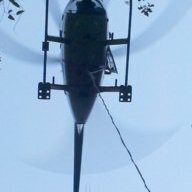
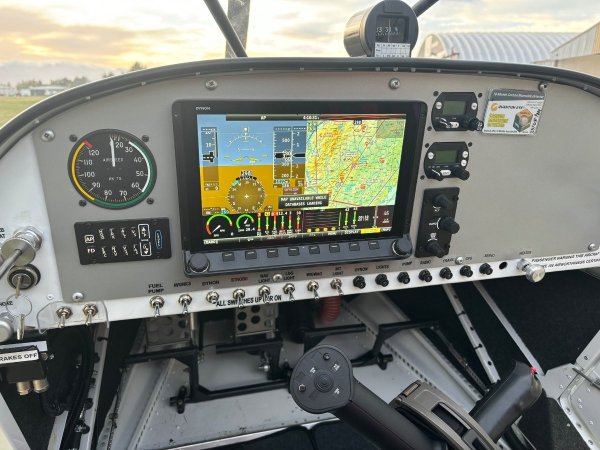
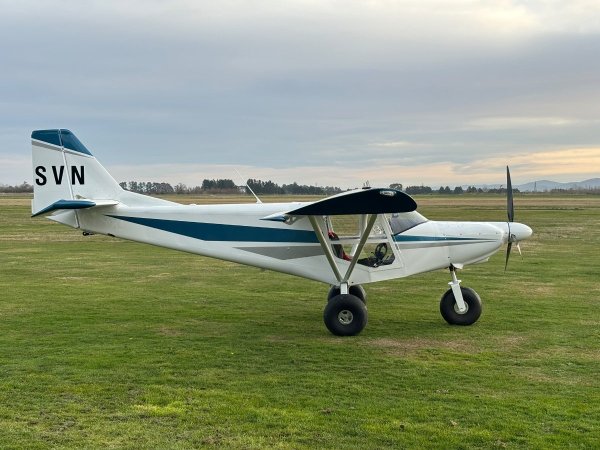
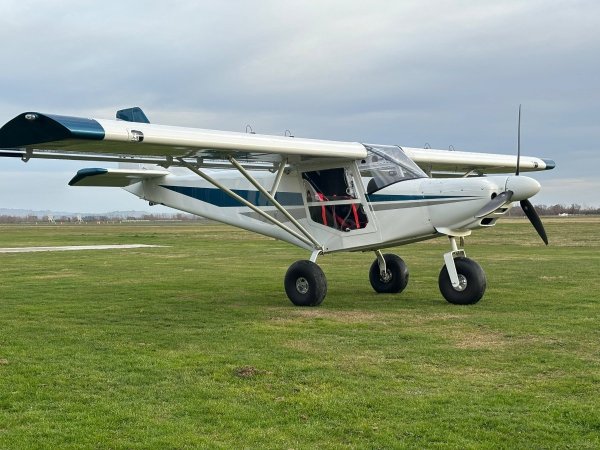


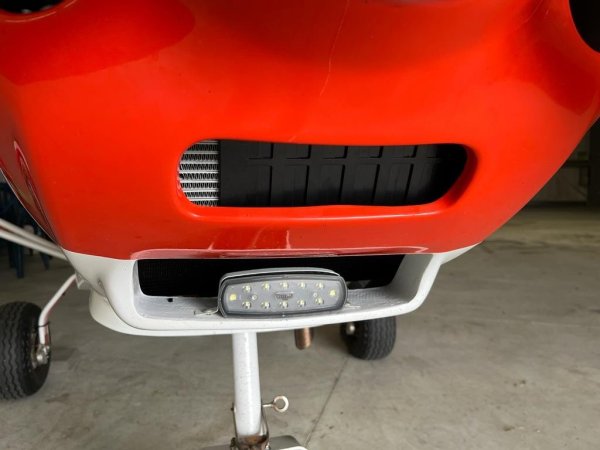
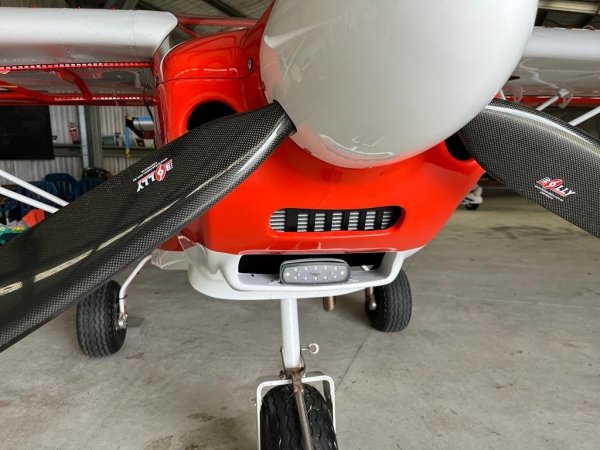


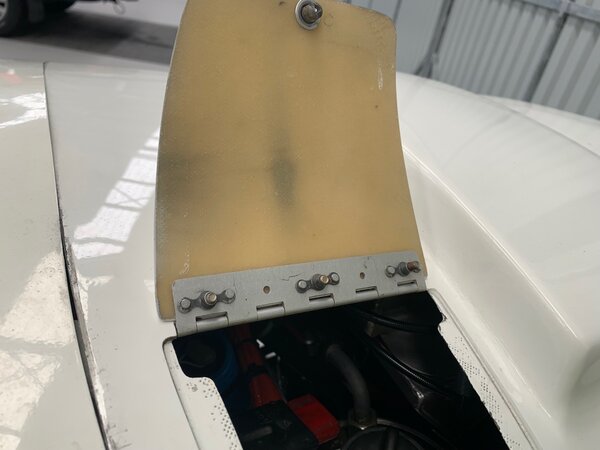
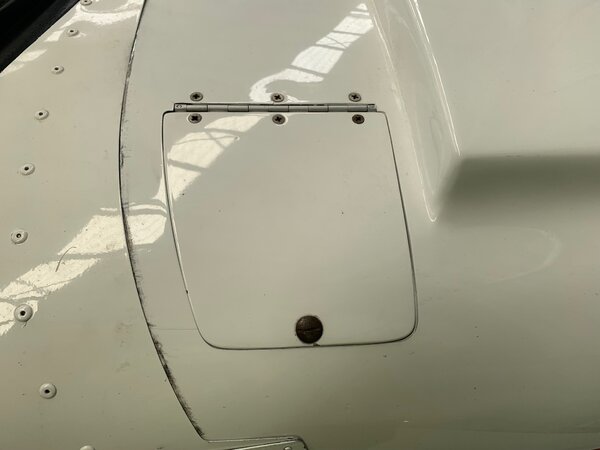


Nose gear bearing pieces?
in Savannah
Posted
This bearing doesn’t carry any thrust load, only rotational. The bungee suspension in this design absorbs thrust loading up until stops are reached.